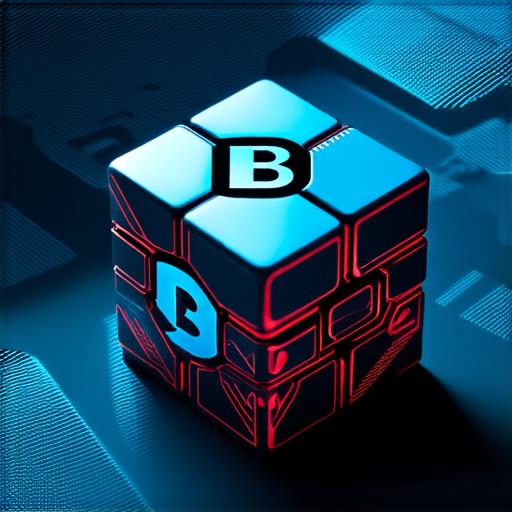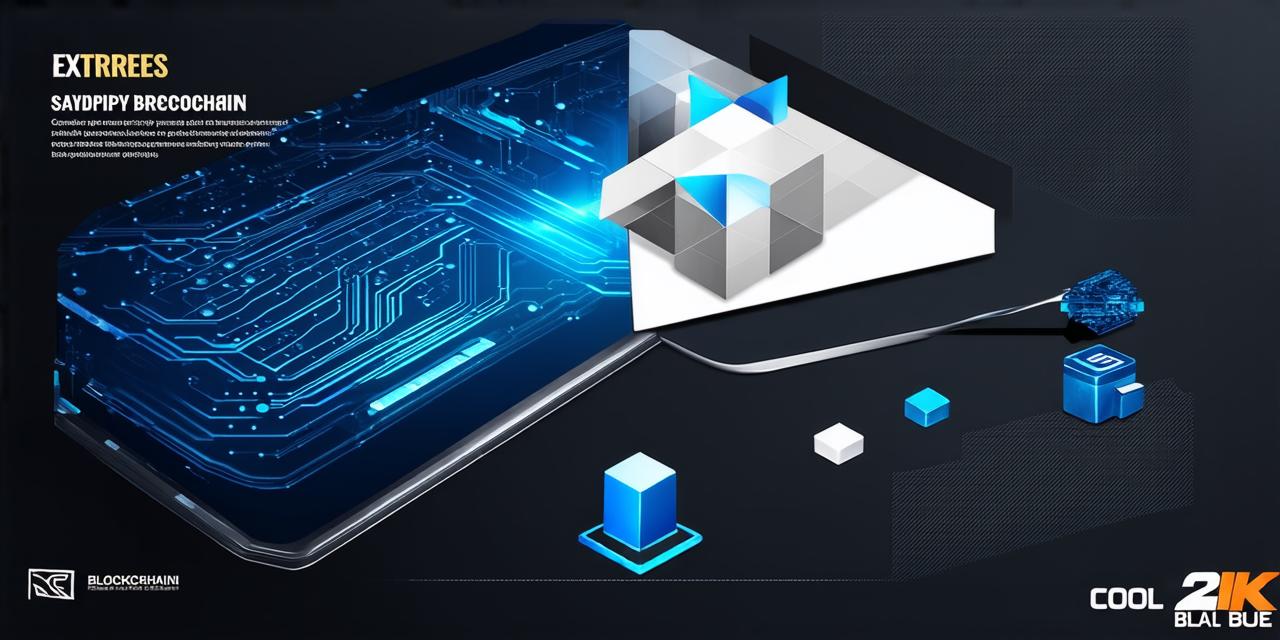As the world becomes increasingly reliant on digital systems and networks, the need for secure and efficient data storage and sharing is paramount. One technology that has emerged as a promising solution to these challenges is blockchain. But what exactly is a block in the context of blockchain? In this article, we will explore the concept of blocks and their role in building the foundations of this powerful technology.
What are Blocks?
At its core, a block in a blockchain is a unit of data that contains information about transactions or other types of data. These blocks are linked together in a chain, with each new block being added to the end of the chain as new data becomes available.
Each block typically contains several key components:
- A unique identifier (hash) that allows the block to be easily referenced and verified.
- A timestamp that records when the block was created.
- A set of transactions or other types of data that are being recorded in the block.
- A reference to the previous block in the chain, creating a chain of blocks.
How do Blocks Work?
The process of creating a new block in a blockchain involves several key steps:
- Validation: Before a new block can be added to the chain, it must be validated to ensure that it meets certain criteria, such as containing all required data and being free from errors or tampering. This validation process is typically carried out by nodes in the network, which work together to verify the integrity of each block before it is added to the chain.
- Mining: Once a new block has been validated, it must be “mined” to create a unique identifier (hash) for the block. This process involves solving a complex mathematical equation, which requires significant computational power and time. The first node in the network to solve the equation is rewarded with a small amount of cryptocurrency, which helps incentivize the network to continue validating and mining new blocks.
- Addition to the chain: Once a new block has been validated and mined, it is added to the end of the existing blockchain. This creates a chain of blocks that can be easily referenced and verified by other nodes in the network.
Real-World Applications of Blocks
Blockchain technology has a wide range of potential applications across a variety of industries. Here are just a few examples of how blocks are used in real-world scenarios:

- Cryptocurrencies: Perhaps the most well-known application of blockchain is cryptocurrency, such as Bitcoin and Ethereum. In these systems, transactions are recorded in blocks, which are added to the chain in a process known as mining. This allows for secure and decentralized storage and sharing of value across the network.
- Supply chain management: Blockchain technology can be used to track the movement of goods and products through the supply chain, allowing for greater transparency and traceability. Each transaction or shipment can be recorded in a block, which can be easily referenced by other nodes in the network to verify the integrity of the data.
- Voting systems: Blockchain technology can be used to create secure and transparent voting systems that allow for easy verification of results. Each vote can be recorded in a block, which can be added to the chain in real-time, ensuring that the process is free from tampering or fraud.
- Healthcare data sharing: Blockchain technology can be used to securely share healthcare data between providers and patients, allowing for greater collaboration and better outcomes. Each patient’s medical records can be stored in a block, which can be easily referenced by other nodes in the network to verify the integrity of the data.
FAQs
Note: The following FAQ section is already correctly formatted as HTML and does not require any changes.
1. How long does it take to create a new block in a blockchain?
The time it takes to create a new block in a blockchain depends on several factors, including the computational power of the nodes in the network and the complexity of the transactions being recorded in the block. In general, it can take anywhere from a few seconds to several minutes for a new block to be added to the chain.
2. What happens if a node in the network disagrees with the data being recorded in a block?
If a node in the network disagrees with the data being recorded in a block, it may refuse to add the block to the chain. This is known as a “fork” in the chain, and can lead to a temporary split in the network. In most cases, these disputes are resolved through a process of consensus-building, where the nodes in the network work together to verify the integrity of the data and come to a consensus on its validity.
3. Can data be altered or deleted from a blockchain?
Once data has been recorded in a block on a blockchain, it is extremely difficult to alter or delete. This is because each block contains a reference to the previous block, creating a chain of blocks that cannot be easily modified without affecting the integrity of the entire chain. However, in some cases, it may be possible to “hard fork” the chain and create a new version of the network that includes the altered or deleted data.
Summary
In conclusion, blocks are the building blocks of blockchain technology. They contain information about transactions or other types of data and are linked together in a chain, creating a secure and decentralized system for storing and sharing data. The process of creating and adding new blocks to the chain is complex and requires significant computational power and time. However, once a block has been added to the chain, it becomes a permanent part of the network, ensuring the integrity and security of the data being stored in the blockchain.
Blockchain technology has a wide range of potential applications across a variety of industries, from cryptocurrencies to supply chain management and healthcare data sharing. As the technology continues to evolve and mature, it will likely play an increasingly important role in shaping our digital world.
